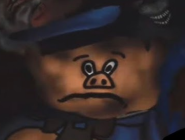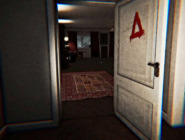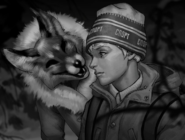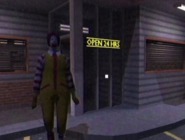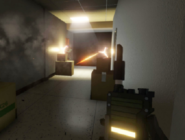Outlast
Advertisement
Advertisement

Outlast is a first-person horror game in which the player assumes the role of an investigative journalist exploring an abandoned psychiatric facility. The game begins with the main character arriving at Mount Massive Asylum to investigate reports of abuse and unexplained events. As the player moves deeper into the building, it becomes clear that the site is no longer under control. The doors are broken, the lights are unstable, and the people left inside do not behave normally. The goal is to document what is happening while trying to avoid danger.
Mechanics And Core Systems
Unlike many action-focused games, Outlast removes combat from its core design. The player cannot fight enemies and must rely on running, hiding, and avoiding detection. The camera plays a key role in progression. It allows the player to see in the dark using night vision, which consumes battery power over time. As the game progresses, finding spare batteries and keeping the camera active becomes critical. The camera also serves to record evidence, which updates the journal with new notes and observations.
Primary Features
Outlast includes several mechanics that support its structure and pacing:
- First-person movement through dark environments
- A camera with limited battery used for night vision
- Hiding spots such as lockers and beds
- Chase sequences triggered by enemy encounters
- Narrative elements told through documents and recordings
These systems work together to create a focused experience where timing and location awareness are essential. Players are often required to memorize paths and recognize patterns to avoid repeated failure.
Level Design And Progress
The asylum is divided into multiple areas, each with a specific theme and layout. Progress requires solving simple objectives, such as turning on generators or finding access cards. These tasks must be completed while being hunted by unpredictable enemies. The layout includes locked doors, narrow hallways, and multi-level rooms that encourage exploration. There are no maps or navigation aids, so the player must remember the environment and react quickly under pressure.
Outlast presents a linear but reactive experience centered on observation and survival. The lack of combat increases the impact of each encounter, as the player must use available resources and knowledge of the space to move forward. The game relies on environmental tension, limited vision, and persistent threat to build its progression. Through a combination of exploration, evasion, and resource tracking, the player completes a narrative that unfolds through observation rather than action.
Related games
Comments



